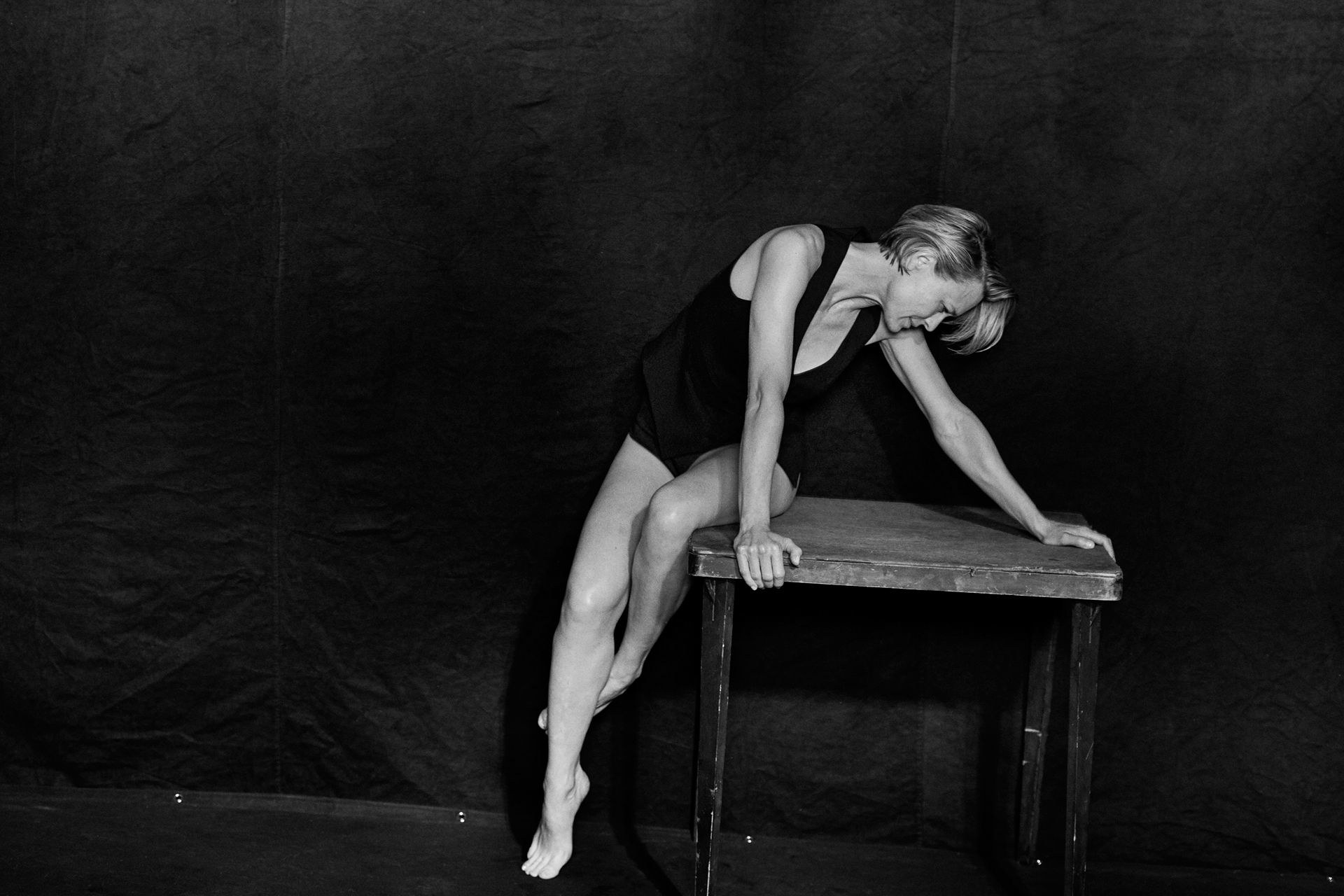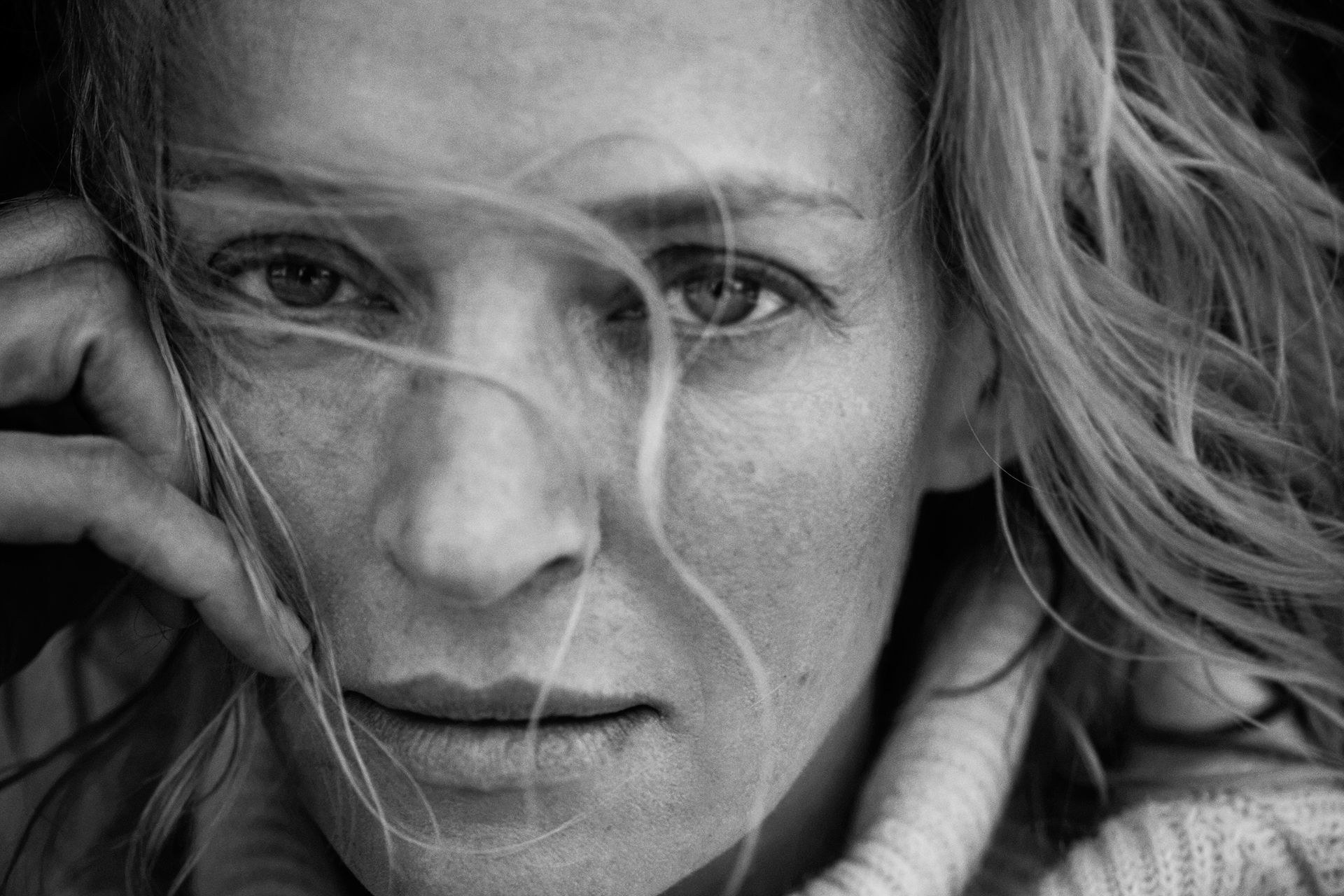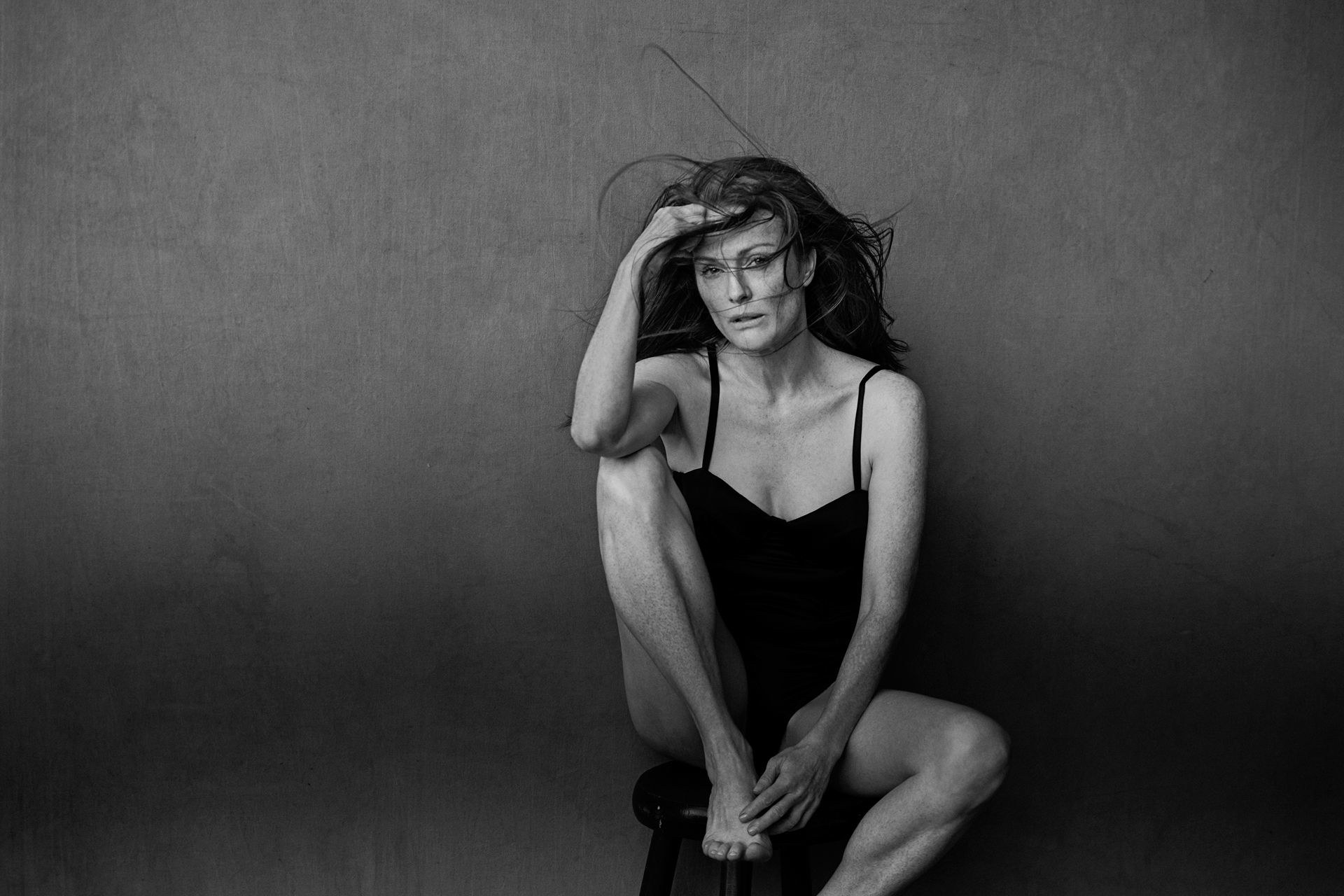Peter Lindbergh: Cover Genius
Peter Lindbergh has always surprised with his commitment to black-and-white photography. He was in apparel advertising, and even if clothes have lots of colors and textures, he still saw it in monochromatic light.
His first experience working with glamour — a photograph of half-naked models dressed only in white shirts. Vogue edited this photograph, cutting the women’s heads off, and published it. However, the dice were thrown: the editor was fired, and Lindbergh received complete freedom and many pages in the magazine.

Photo: Stephan Rappo
Pores, Wrinkles, and Talent
Lindbergh thought that there is nothing more beautiful than life itself and you don’t have to embellish it. He almost stopped putting makeup on his models — and captured them emphasizing their freckles and wrinkles, pores and hairs.
Once he was working with one of his favorite models, Lara Stone, 32 at the time, for Vogue Netherlands. She had greasy hair and a red nose on that day. And when the manager pointed out the red nose to Lindbergh, he didn’t even flinch: “She looks absolutely fantastic… Raw and strong, like Kate Moss. Who cares about her red nose? Can’t you see how much strength and poetry there is in something that seems imperfect to you?”
Lindbergh offered a new philosophy in a new image of a woman. “This should be the responsibility of photographers today, to free women, and finally everyone, from the terror of youth and perfection,” he said. He also said that he came up with the idea to photograph famous, talented women who have already succeeded in something, and not just show the audience nice tits. In this photograph, you saw Naomi Campbell, Christy Turlington, Tatjana Patitz, and Cindy Crawford. They were free, confident, and knew what they wanted from life. The photograph was immediately dubbed ‘the birth of the supermodels.’ And the women who posed for the photographer started earning millions almost immediately.
Lindbergh made a stir and set a new trend in modeling. With his ascetic photos, he managed for some time to push luxurious limousines and flamboyantly dressed ladies with small dogs off the pages of magazines. Describing the years before Vogue management changed, he said he hated the women who modeled for the magazine with the support of their rich husbands: “I was never impressed with crocodile-skin handbags.”
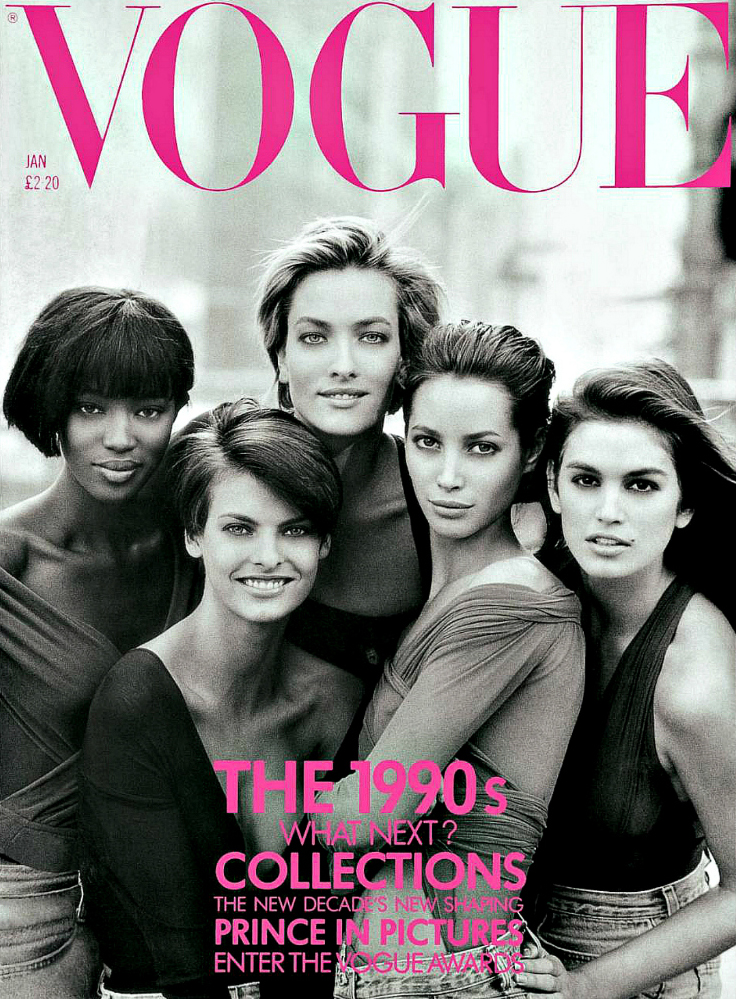
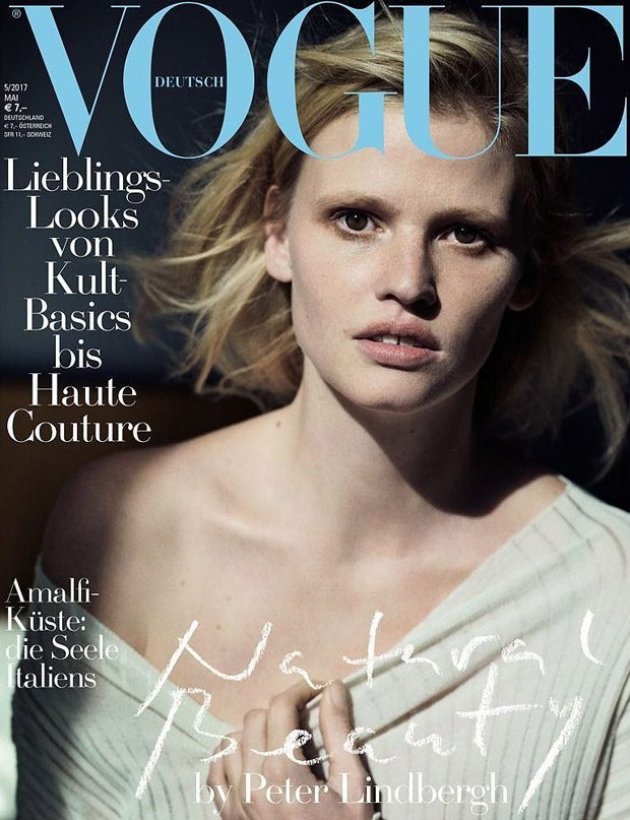
The Way of the Artist
Critic and curator Thierry-Maxime Loriot speaks simply of Lindbergh: “He is not a photographer, he is an artist.” Lindbergh studied to be a painter, and his passion for art has been nourishing his creative work for his entire life — he even wrote a short academic paper about conceptual art.
His role models were artists van Gogh and Kosuth, composers John Cage and Sergei Rachmaninoff — extraordinary personalities who broke traditional ideas about artistic thinking. “I preferred actively seeking out van Gogh’s inspirations, my idol, rather than painting the mandatory portraits and landscapes taught in art schools.”
Lindbergh made a stir and set a new trend in modeling.
Even before he entered art college, Lindbergh followed in Van Gogh’s steps: he lived in Arles, worked at a farm in the morning and painted in the evening. He drank and smoked something intoxicating and slept in the streets. It was there that Lindbergh realized that there is nothing more beautiful than life itself, and you don’t have to embellish it.
Lindbergh loved not only painting and photography, but cinema, too. He shot many music videos with supermodels as protagonists. He created cinematographic plots for advertising shoots, for instance, he liked to use the theme of aliens. Lindbergh sent his videos to festivals, and some of them even received prizes.
A New Pirelli
The love for cinema led him to photographing actresses. Lindbergh shot the Pirelli calendar for 2002 in Hollywood, and his subjects there were future movie stars. The calendar was drastically different from previous ones, and many took it with a grain of salt: it was a different kind of erotica, different sexual energy, everything about it was different. Lindbergh remained unfazed. “Talent is more important than beauty,” he said.
And he was right: in 2017, he was invited to do the calendar again. Now Lindbergh openly promoted a new type of beauty in fashion shoots: “This calendar is a translation of individuality, sensuality, and courage to be yourself… We all know that in the world of high fashion it is customary to retouch pictures of women, even those who can boast of real, inner beauty. The actresses I shot for the calendar appeared on the covers of the most famous glossy magazines, but it’s time to show that in life their beauty is a force much more powerful than in carefully processed images.”
The 2017 edition became a small revolution. “Initially, the model Calendar Pirelli appeared in the photos completely naked. Our action has also become a kind of exposure – because for many women from show business to remove clothes is much easier than to appear before the public in its natural appearance. We want to remind people what the true beauty of a woman is — the beauty of her mind, talent, personality, the beauty of her courage to accept herself as she is.” In the photographs, we see Helen Mirren, Nicole Kidman, Kate Winslet, Julianne Moore, Jessica Chastain, and Lupita Nyong’o.
Ten People Working on a Shoot
Lindberg was lucky. His clients gave him freedom, didn’t pressure him, and didn’t demand that he fulfil their wishes. Peter wasn’t even curious what clothes he needs to advertise — it is all just props for him, he captures the model. “I don’t care what they [the clients] give me, as long as the clothes can integrate with the image that I want to shoot. But if it’s not, I don’t care about how much they want to pay me,” Lindbergh said.
He admitted that it was difficult now to remain a creative personality in fashion photography. Managers, stylists, advertising agencies, and clients don’t leave a chance for the photographer to fulfil themselves. “Ninety percent of fashion photography are meaningless now and are of no interest or have no sense except helping the fashion industry to sell clothes. There are only several wonderful exceptions.”
Lindbergh nostalgically recalls the times when he photographed on film: “The problem with working with a digital camera is that shooting became a collective effort. I am in front of the subject, and every time I take a picture, this picture appears on screen in another room, where ten people look at it, evaluate the job I’ve done, and give advice. This way of shooting completely destroys the intimacy between a photographer and a subject. I am interested in relationships, because this is where amazing photographs come from, and digital shoots deprive me of this special kind of relationship.”
All of his work is equally strong, equally a masterpiece: he made almost no mistakes. Peter worked very hard and didn’t stop for a second, constantly trying to improve himself. He loves to read, watch movies, and going to museums. However, he thought that the secret of his success was transcendental meditation which he was doing for forty years. He said that it helped him understand who he was and where his road was leading him. He advised people who begin their creative path to do the same: to start from themselves, to try to understand who they were and where they were going.
All of his work is equally strong, equally a masterpiece: he made almost no mistakes.
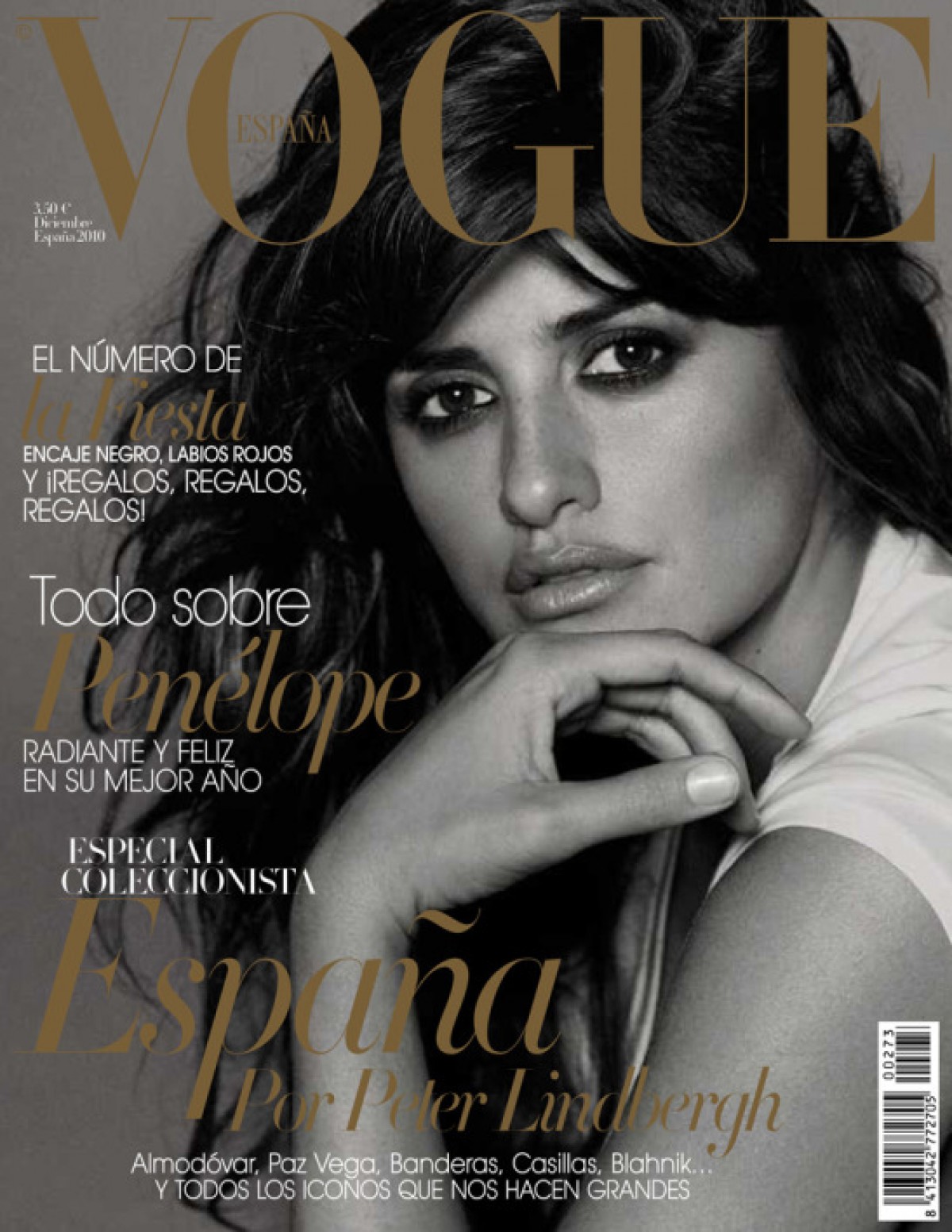
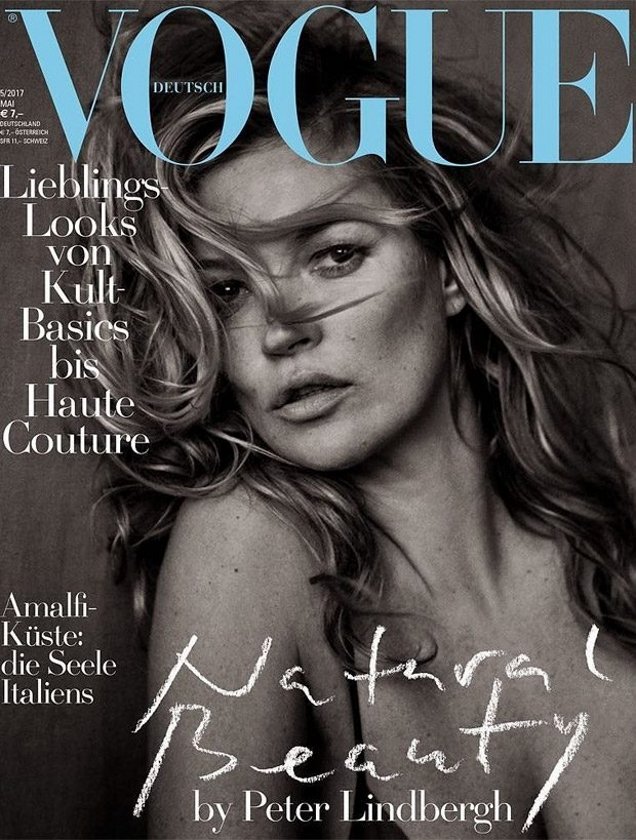
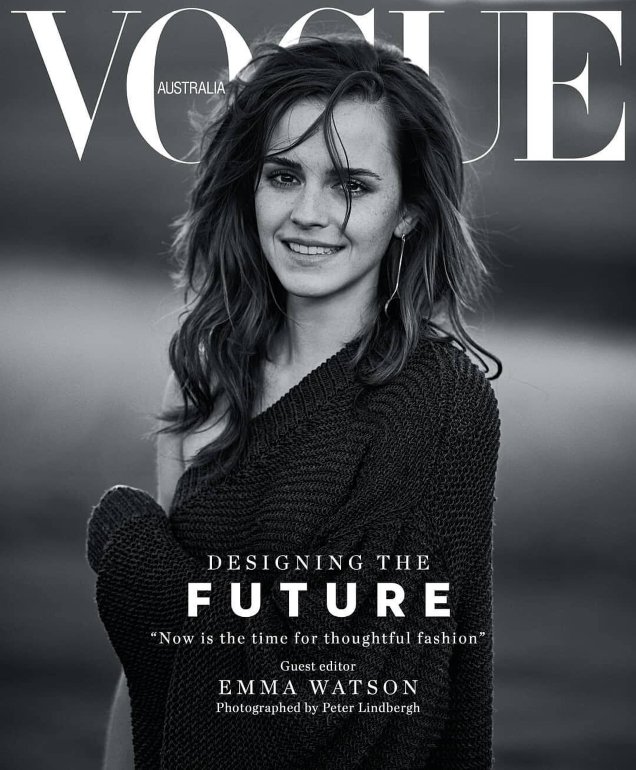

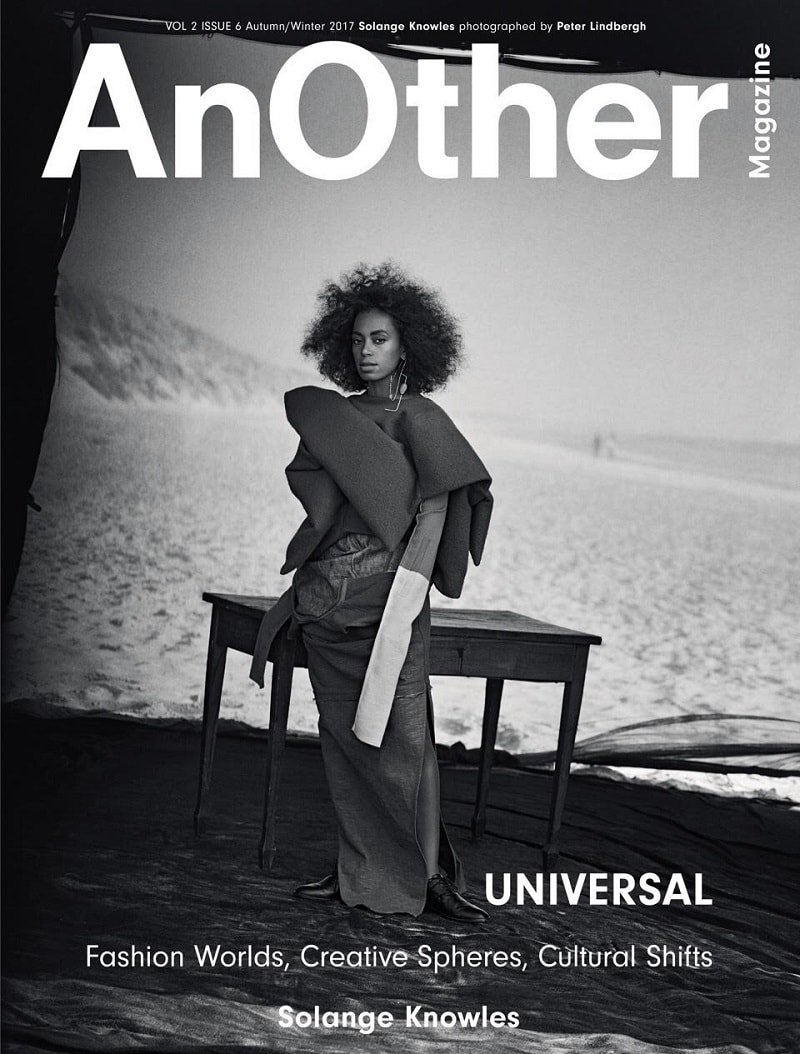
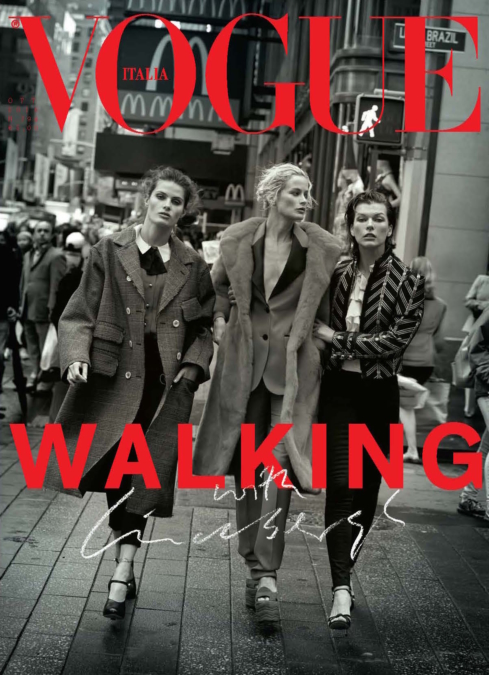
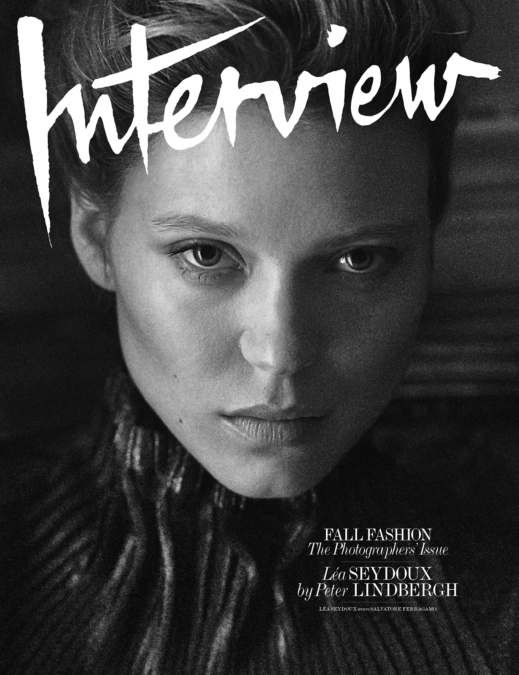
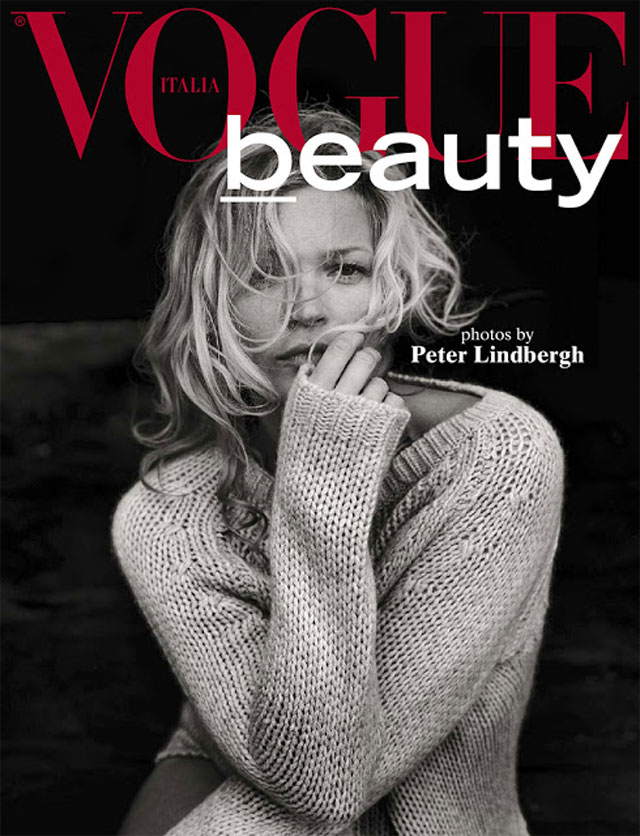
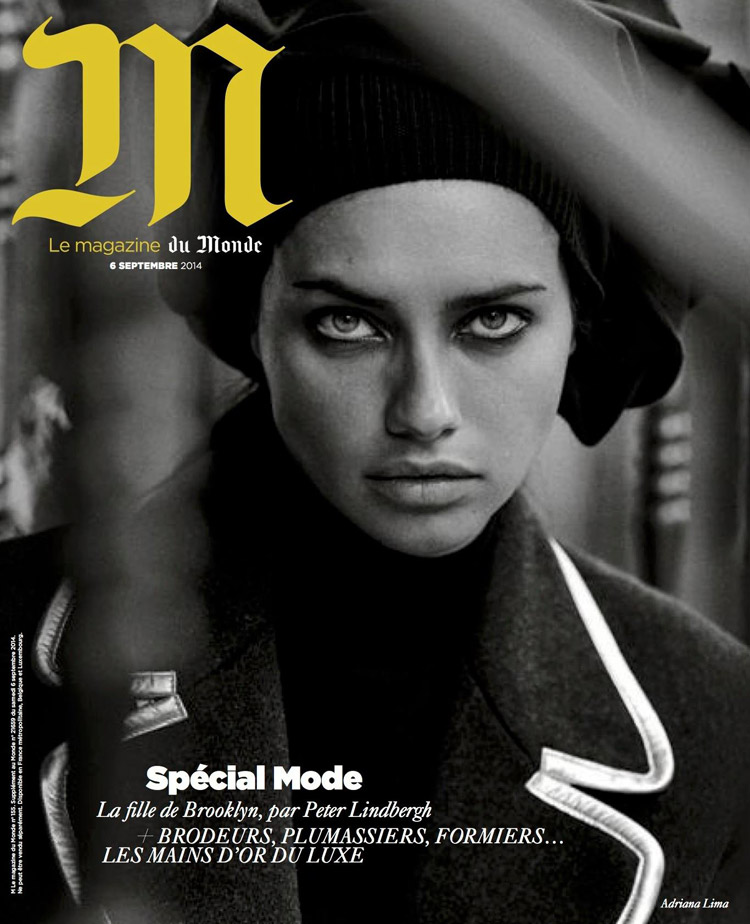
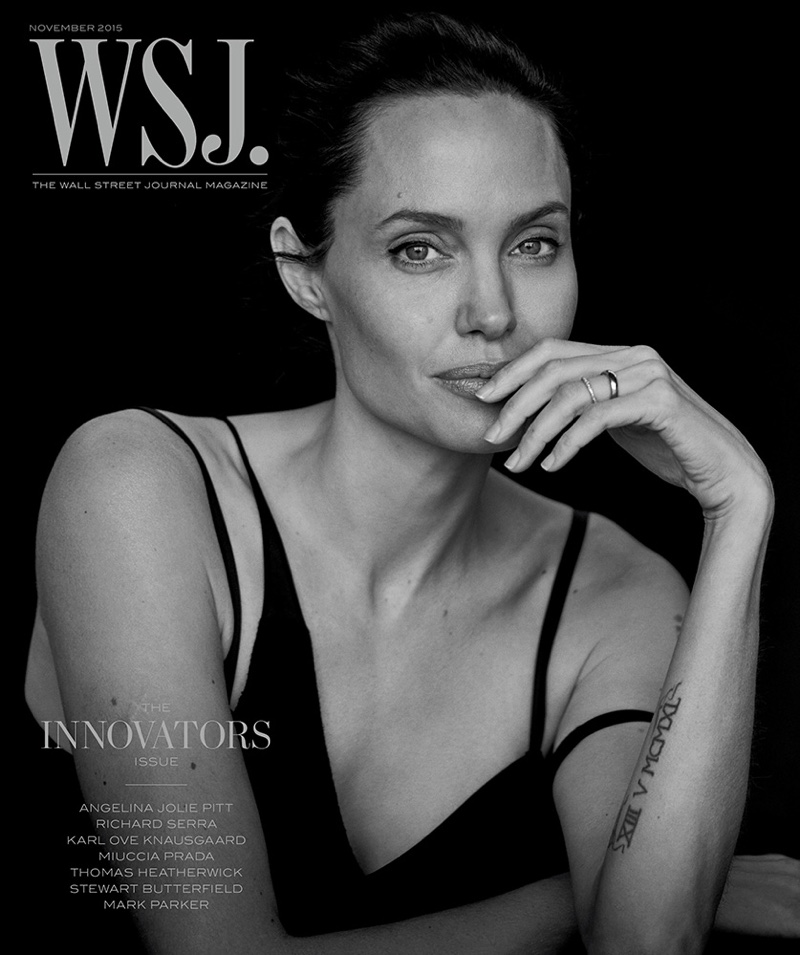
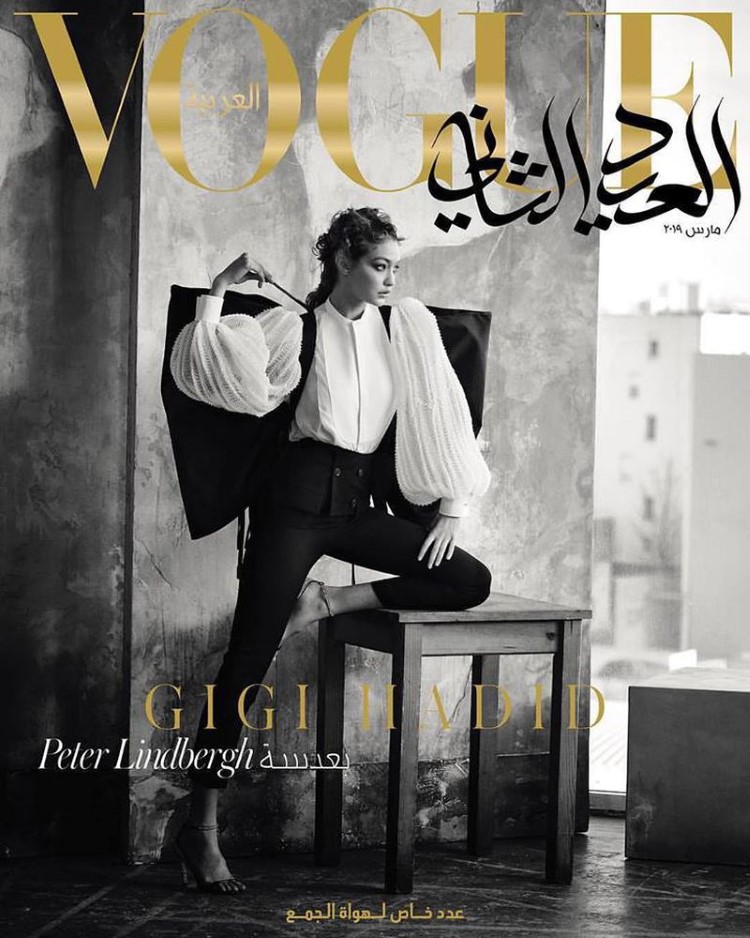

New and best
